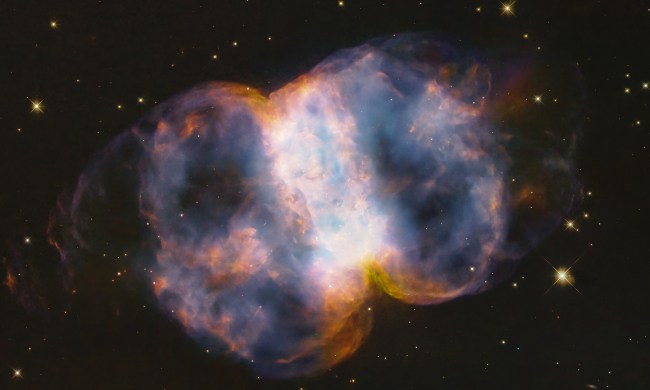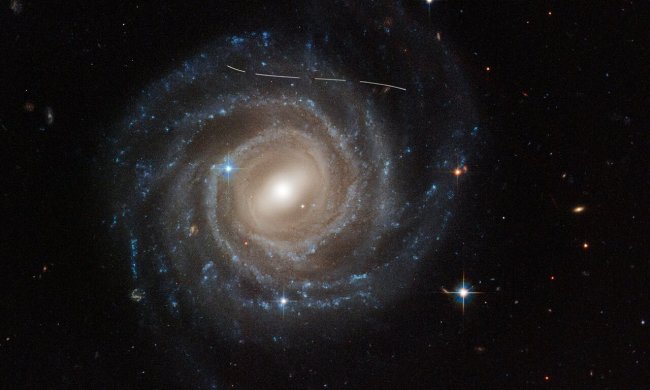This week’s image from the beloved Hubble Space Telescope shows a dazzling array of stars, squeezed into a group known as a globular cluster. This is a dense collection of stars held together by gravity, forming a roughly spherical shape and composed of hundreds of thousands or even millions of stars.
This particular cluster is named ESO 520-21 and is also known as Palomar 6 after the Palomar Observatory in California where it was discovered in a sky survey in the 1980s.

Capturing this image wasn’t easy because the cluster is located near the center of our galaxy. There is a lot of matter floating around in the central region of the galaxy, making it hard to capture a clear image.
“A densely packed, roughly spherical collection of stars, it lies close to the center of the Milky Way, where interstellar gas and dust absorb starlight and make observations more challenging,” Hubble scientists write.
“Interstellar absorption affects some wavelengths of light more than others, changing the colors of astronomical objects by causing them to appear redder than they actually are. Astronomers call this process ‘reddening,’ and it makes determining the properties of globular clusters close to the galactic center — such as ESO 520-21 — particularly difficult.”
This difficulty means there are many questions about this cluster that are hard to answer. Researchers weren’t sure of the cluster’s age, or exactly how far away from us it is. They also weren’t sure what heavier elements exist there in what quantities.
But recently, astronomers from the University of São Paulo in Brazil have studied this cluster using both Hubble and the Very Large Telescope and found that it is 12.4 billion years old and is located 25,000 light-years away.



